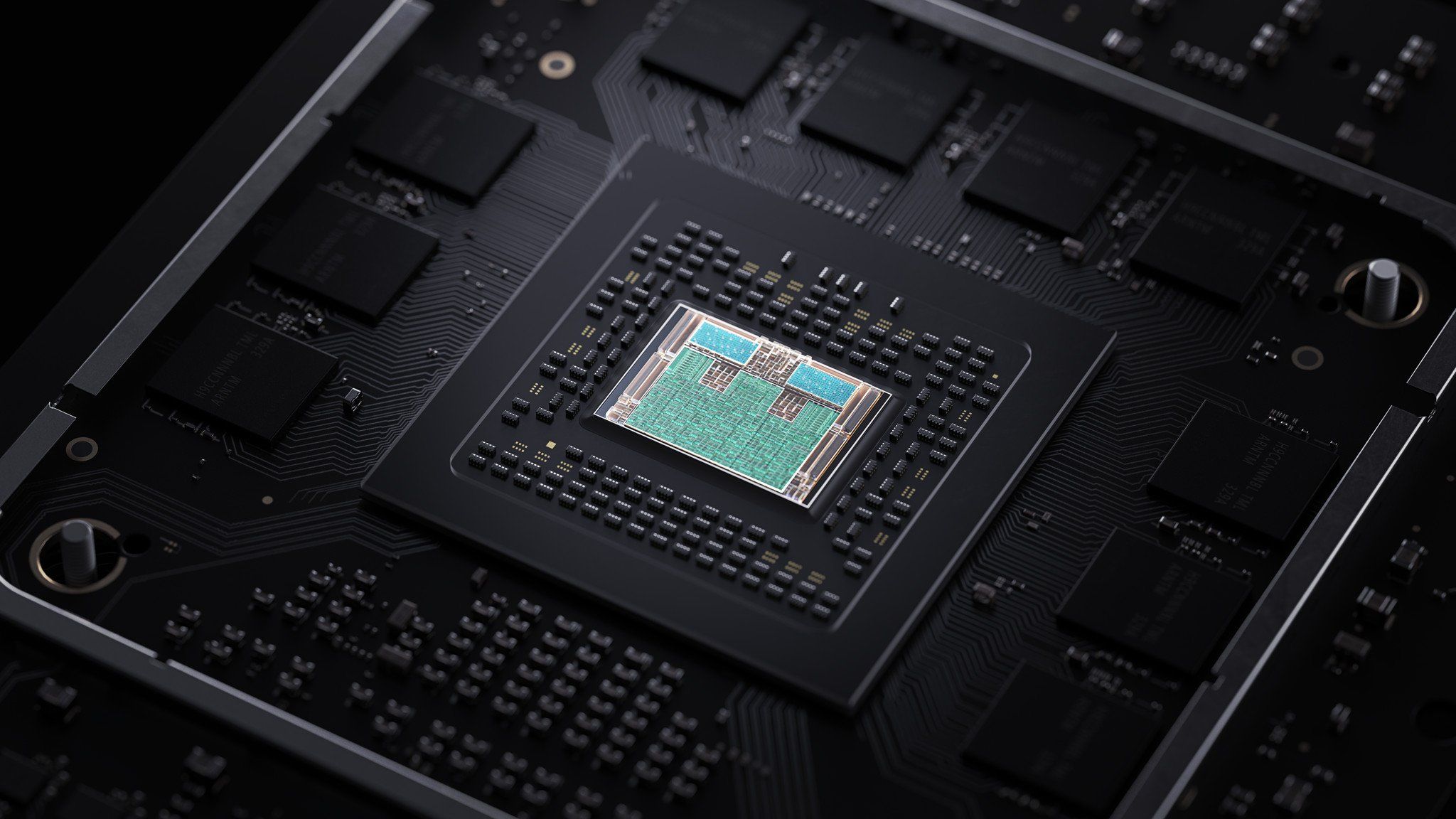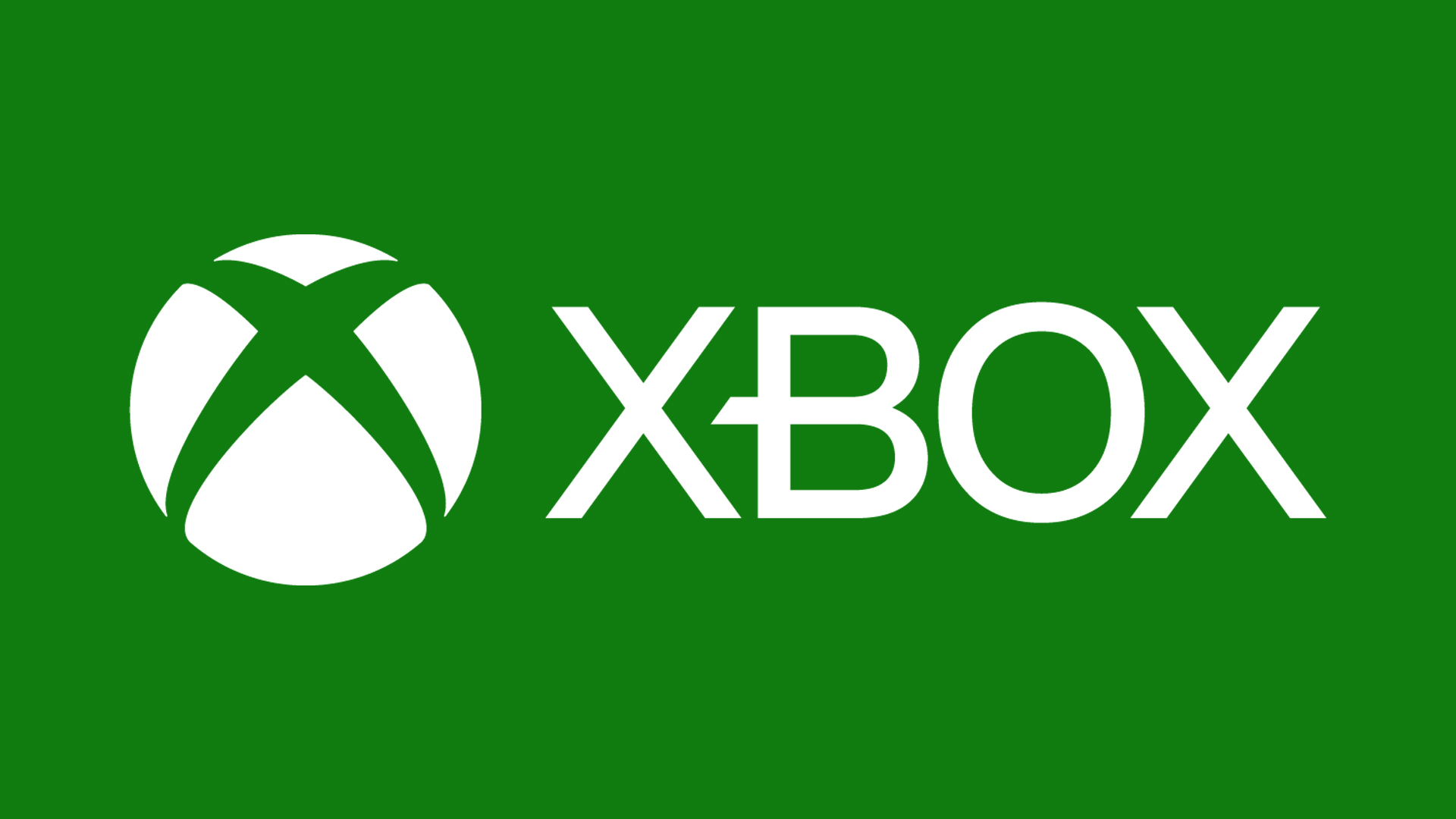Sobre el tema SSD, del artículo de DF.
Why fast storage changes everything
The specs on this page represent only the tiniest fraction of the potential of the storage solution Microsoft has engineered for the next generation. In last year's Project Scarlett E3 teaser, Jason Ronald - partner director of project management at Xbox - described how the SSD could be used as 'virtual memory', a teaser of sorts that only begins to hint at the functionality Microsoft has built into its system.
On the hardware level, the custom NVMe drive is very, very different to any other kind of SSD you've seen before. It's shorter, for starters, presenting more like a memory card of old. It's also rather heavy, likely down to the solid metal construction that acts as a heat sink that was to handle silicon that consumes 3.8 watts of power. Many PC SSDs 'fade' in performance terms as they heat up - and similar to the CPU and GPU clocks, this simply wasn't acceptable to Microsoft, who believe that consistent performance across the board is a must for the design of their consoles.
The form factor is cute, the 2.4GB/s of guaranteed throughput is impressive, but it's the software APIs and custom hardware built into the SoC that deliver what Microsoft believes to be a revolution - a new way of using storage to augment memory (an area where no platform holder will be able to deliver a more traditional generational leap). The idea, in basic terms at least, is pretty straightforward - the game package that sits on storage essentially becomes extended memory, allowing 100GB of game assets stored on the SSD to be instantly accessible by the developer. It's a system that Microsoft calls the Velocity Architecture and the SSD itself is just one part of the system.
"Our second component is a high-speed hardware decompression block that can deliver over 6GB/s," reveals Andrew Goossen. "This is a dedicated silicon block that offloads decompression work from the CPU and is matched to the SSD so that decompression is never a bottleneck. The decompression hardware supports Zlib for general data and a new compression [system] called BCPack that is tailored to the GPU textures that typically comprise the vast majority of a game's package size."
The final component in the triumvirate is an extension to DirectX - DirectStorage - a necessary upgrade bearing in mind that existing file I/O protocols are knocking on for 30 years old, and in their current form would require two Zen CPU cores simply to cover the overhead, which DirectStorage reduces to just one tenth of single core.
"Plus it has other benefits," enthuses Andrew Goossen. "It's less latent and it saves a ton of CPU. With the best competitive solution, we found doing decompression software to match the SSD rate would have consumed three Zen 2 CPU cores. When you add in the IO CPU overhead, that's another two cores. So the resulting workload would have completely consumed five Zen 2 CPU cores when now it only takes a tenth of a CPU core. So in other words, to equal the performance of a Series X at its full IO rate, you would need to build a PC with 13 Zen 2 cores. That's seven cores dedicated for the game: one for Windows and shell and five for the IO and decompression overhead."
Asset streaming is taken to the next level, but Microsoft wasn't finished there. Last-gen, we enjoyed a 16x increase in system memory, but this time it's a mere 2x - or just 50 per cent extra if we consider Xbox One X as the baseline. In addition to drawing more heavily upon storage to make up the shortfall, Microsoft began a process of optimising how memory is actually used, with some startling improvements.
"We observed that typically, only a small percentage of memory loaded by games was ever accessed," reveals Goossen. "This wastage comes principally from the textures. Textures are universally the biggest consumers of memory for games. However, only a fraction of the memory for each texture is typically accessed by the GPU during the scene. For example, the largest mip of a 4K texture is eight megabytes and often more, but typically only a small portion of that mip is visible in the scene and so only that small portion really needs to be read by the GPU."
Microsoft has partnered with Seagate for its proprietary external 1TB SSD expansion. It's very short, quite weighty for its dimensions and actually presents rather like a memory card.
As textures have ballooned in size to match 4K displays, efficiency in memory utilisation has got progressively worse - something Microsoft was able to confirm by building in special monitoring hardware into Xbox One X's Scorpio Engine SoC. "From this, we found a game typically accessed at best only one-half to one-third of their allocated pages over long windows of time," says Goossen. "So if a game never had to load pages that are ultimately never actually used, that means a 2-3x multiplier on the effective amount of physical memory, and a 2-3x multiplier on our effective IO performance."
A technique called Sampler Feedback Streaming - SFS - was built to more closely marry the memory demands of the GPU, intelligently loading in the texture mip data that's actually required with the guarantee of a lower quality mip available if the higher quality version isn't readily available, stopping GPU stalls and frame-time spikes. Bespoke hardware within the GPU is available to smooth the transition between mips, on the off-chance that the higher quality texture arrives a frame or two later. Microsoft considers these aspects of the Velocity Architecture to be a genuine game-changer, adding a multiplier to how physical memory is utilised.
The Velocity Architecture also facilitates another feature that sounds impressive on paper but is even more remarkable when you actually see it play out on the actual console. Quick Resume effectively allows users to cycle between saved game states, with just a few seconds' loading - you can see it in action in the video above. When you leave a game, system RAM is cached off to SSD and when you access another title, its cache is then restored. From the perspective of the game itself, it has no real idea what is happening in the background - it simply thinks that the user has pressed the guide button and the game can resume as per normal.
We saw Xbox Series X hardware cycling between Forza Motorsport 7 running in 4K60 Xbox One X mode, State of Decay 2, Hellblade and The Cave (an Xbox 360 title). Switching between Xbox One X games running on Series X, there was around 6.5 seconds delay switching from game to game - which is pretty impressive. Microsoft wasn't sharing the actual size of the SSD cache used for Quick Resume, but saying that the feature supports a minimum of three Series X games. Bearing in mind the 13.5GB available to titles, that's a notional maximum of around 40GB of SSD space, but assuming that the Velocity Architecture has hardware compression features as well as decompression, the actual footprint may be smaller. Regardless, titles that use
less memory - like the games we saw demonstrated - should have a lower footprint, allowing more to be cached.











